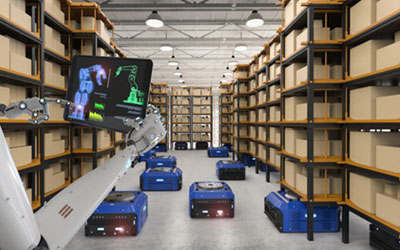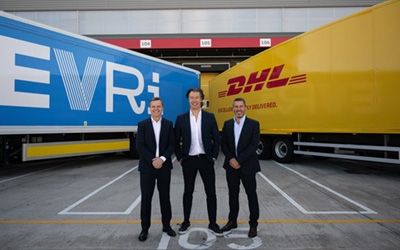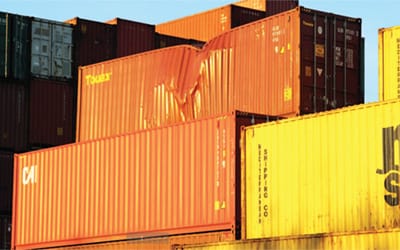Warehouse Automation Myth Busting Revelations of Integration Partners?
Robotics and warehouse automation is revolutionizing warehouse operations, with the market projected to soar to $23.09 billion USD by 2027. However, amidst this growth, there are misconceptions surrounding the effective collaboration between humans and robots. Let’s look at five prevalent myths:
Myth 1 Robots suit all picking styles:
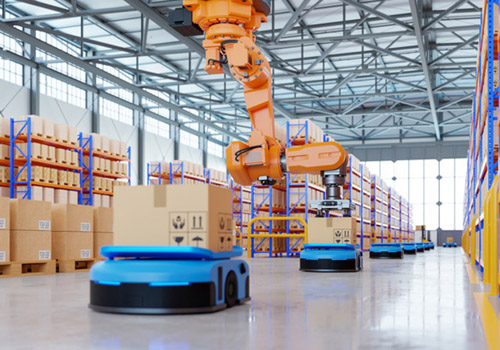 While autonomous mobile robots (AMRs) offer versatility, selecting the right AMR for each process is crucial. Different providers specialize in various workflows, such as “Robots to goods,” “Goods to person,” “Follow the robot,” “Transit robots,” and “Full pallet moves.” Integrating multiple AMRs may lead to integration complexities, but leveraging integration partners and smart software can optimize warehouse automation processes without overhauling existing systems.
While autonomous mobile robots (AMRs) offer versatility, selecting the right AMR for each process is crucial. Different providers specialize in various workflows, such as “Robots to goods,” “Goods to person,” “Follow the robot,” “Transit robots,” and “Full pallet moves.” Integrating multiple AMRs may lead to integration complexities, but leveraging integration partners and smart software can optimize warehouse automation processes without overhauling existing systems.
Furthermore, considering the diversity of warehouse layouts and product types, it’s essential to explore tailored solutions that maximize the benefits of AMRs across various picking styles. By conducting thorough assessments and collaborating with experts in robotics and warehouse automation, warehouses can identify the most suitable AMR configurations to enhance efficiency and productivity.
Myth 2 WMS effectively manages human robot workflows:
Traditional Warehouse Management Systems (WMS) lack the agility to synchronize human and robot tasks dynamically. While WMS systems excel at basic logic and location sequence pick paths, they often overlook the intricacies of human-robot collaboration. Implementing a solution that allows real-time adjustments and intuitive task allocation is essential for maximizing efficiency and productivity in warehouse automation.
Moreover, integrating WMS with advanced robotics orchestration platforms can bridge the gap between human-centric operations and automated workflows. By leveraging machine learning algorithms and predictive analytics, warehouses can optimize resource allocation, minimize bottlenecks, and enhance overall operational performance with the use of warehouse automation.
Myth 3 AMR software optimizes people & robots:
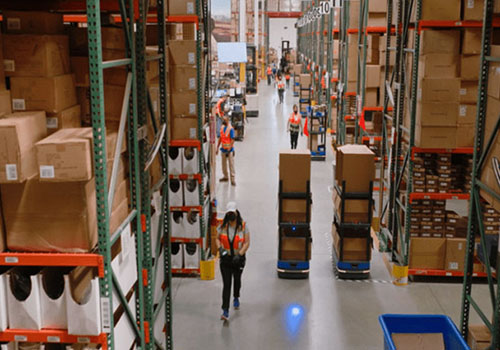 AMRs prioritize robot optimization, overlooking human factors. Effective optimization requires considering work prioritization, batch optimization, and pick path efficiency. Dynamic systems that adapt to changing priorities and allocate tasks optimally enhance productivity without sacrificing human-centric considerations.
AMRs prioritize robot optimization, overlooking human factors. Effective optimization requires considering work prioritization, batch optimization, and pick path efficiency. Dynamic systems that adapt to changing priorities and allocate tasks optimally enhance productivity without sacrificing human-centric considerations.
To achieve true optimization and warehouse automation, warehouses must embrace a holistic approach that balances the needs of both humans and robots. By leveraging advanced scheduling algorithms and real-time monitoring capabilities, warehouses can orchestrate tasks seamlessly, minimize idle time, and ensure optimal resource utilization.
Myth 4 Robots alone minimize worker travel:
While AMRs reduce travel for humans, true optimization harmonizes travel for both robots and workers. Static zone-based picking limits flexibility, whereas dynamic approaches enable workers to travel optimally and meet AMRs for efficient task completion between human and warehouse automation.
To achieve this level of optimization, warehouses must invest in advanced robotics orchestration platforms that facilitate dynamic task allocation and real-time coordination. By integrating AMRs with intelligent scheduling algorithms and predictive analytics, warehouse automation can minimize travel time, reduce idle periods, and maximize operational efficiency.
Myth 5 Orchestration can occur within existing systems:
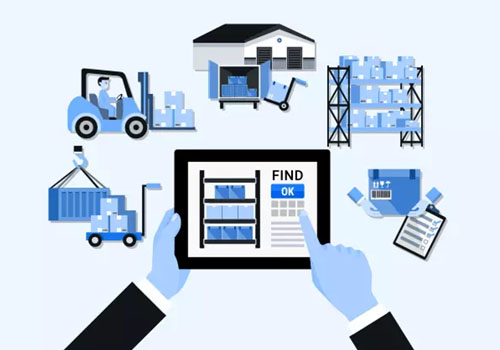
Existing WMS and AMR systems often lack true orchestration capabilities for warehouse automation. Genuine optimization entails incorporating system software and AI to minimize human pick paths dynamically. Hybrid models that blend human and robot tasks seamlessly offer flexibility and efficiency. This is a big investment and transformation of software and infrastructure something that often is looked at as far cheaper to start from scratch in a new build than trying to blend into an old system.
Conclusion
In conclusion, the effective integration of AMRs in warehouses requires addressing labour challenges and optimizing workflows. By leveraging smart software, dynamic allocation strategies, and ergonomic considerations, warehouses can unlock the full potential of human-robot collaboration. However as of 2024 most warehouses do not have the capability for true warehouse automation.
FAQ's
Q: What are automated mobile robots examples?
A: Examples of Automated Mobile Robots (AMRs) include: Locus Robotics, Fetch Robotics, Clear path Robotics, Boston Dynamics’ Handle, Grey Orange’s Butler.
Q: What is the difference between AGV and AMR?
A: The difference between Automated Guided Vehicles (AGVs) and AMRs lies in their navigation methods:
AGVs typically follow predefined paths or markers on the floor, often requiring infrastructure modifications.
AMRs, on the other hand, use advanced sensors and mapping technology to navigate autonomously without the need for predefined paths or infrastructure modifications. They can adapt to dynamic environments and reroute themselves as needed.
Q: What is an example of a mobile robot?
A: An example of a mobile robot is Boston Dynamics’ Spot robot. Spot is a quadruped robot capable of various tasks, including inspection, mapping, and surveillance in dynamic environments.
Q: What is autonomous robotics?
A: Autonomous robotics refers to the field of robotics that focuses on developing robots capable of operating independently without human intervention. These robots can perceive their environment, make decisions, and execute tasks autonomously.
Q: What are the 5 most common robots?
A: The five most common types of robots are:
1, Industrial robots used in manufacturing processes.
2, Service robots, such as robotic vacuum cleaners or robotic lawn mowers.
3, Mobile robots, including AGVs and AMRs, used for transportation or logistics tasks.
4, Collaborative robots, or cobots, designed to work alongside humans in shared workspaces.
5, Medical robots used in healthcare settings for tasks such as surgery or patient care.
SARR Logistics UK
With a legacy built on trust, backed by extensive experience, a global network, and a customer-centric approach, SARR Logistics UK emerges as the ultimate partner for all your freight forwarding needs. We are in touch with the latest Warehouse Automation systems and tracking systems, if you would like to know more reach out to us today and experience a seamless, efficient, and dependable shipping solution tailored to elevate your business. For further inquiries and to explore how SARR Logistics UK can help you contact our team today.


